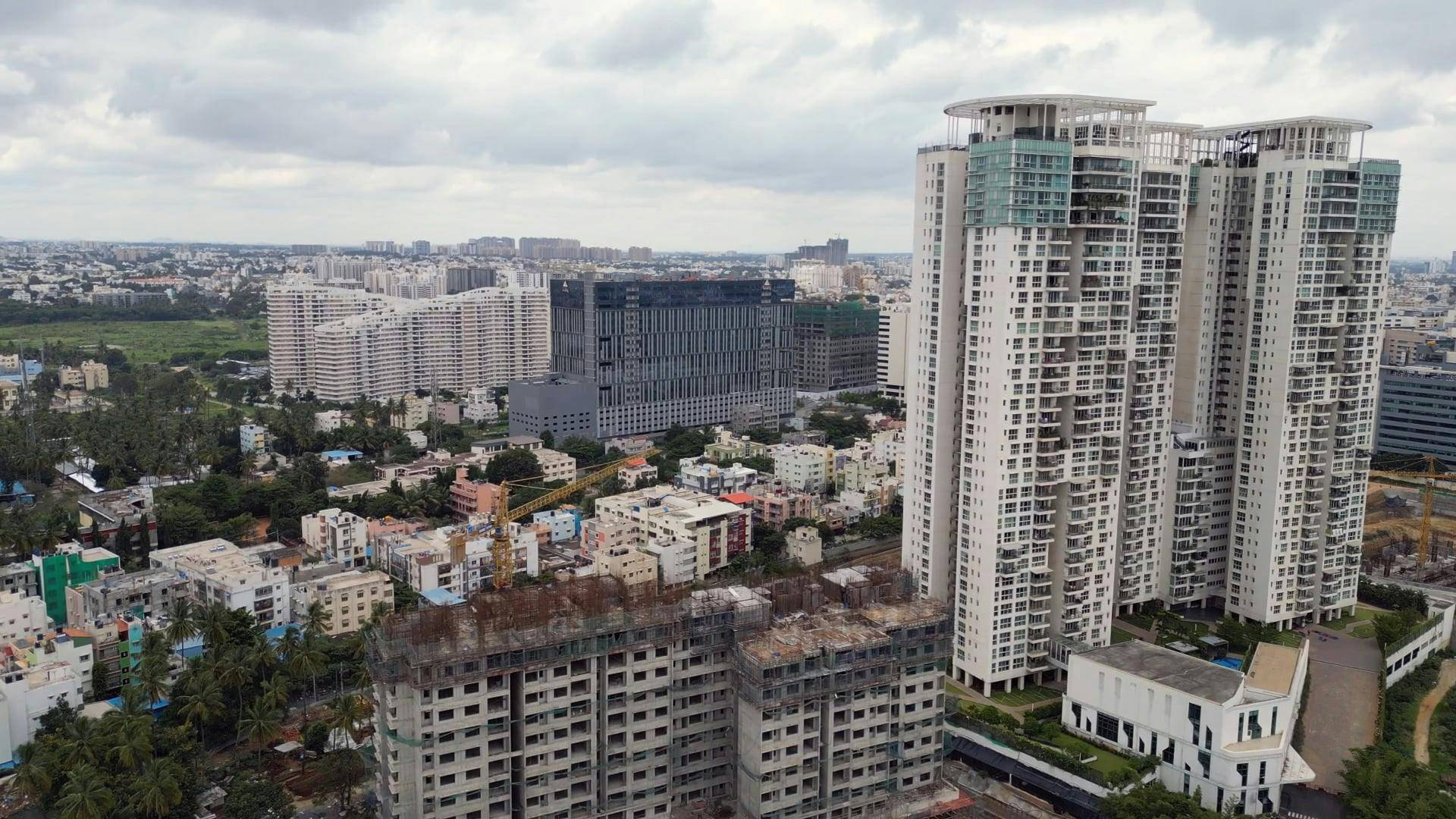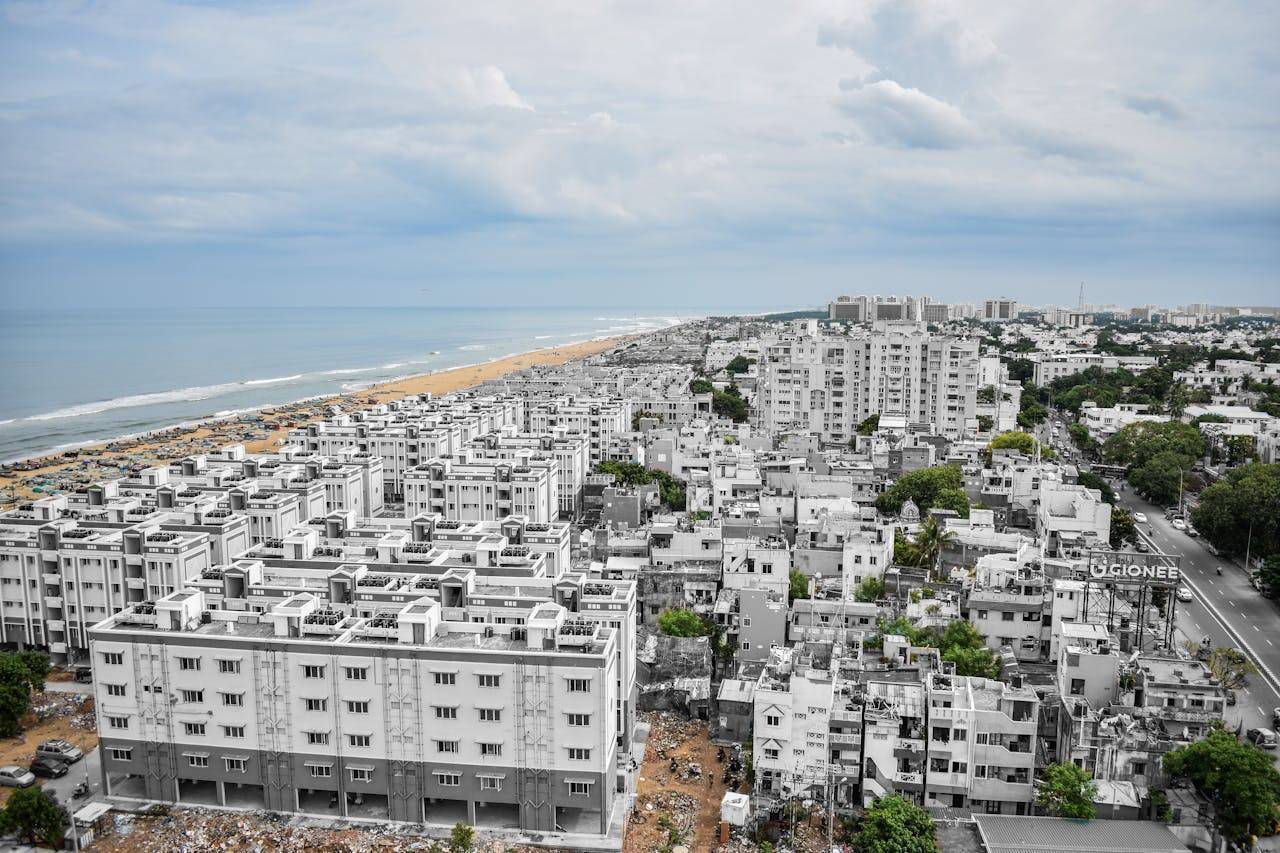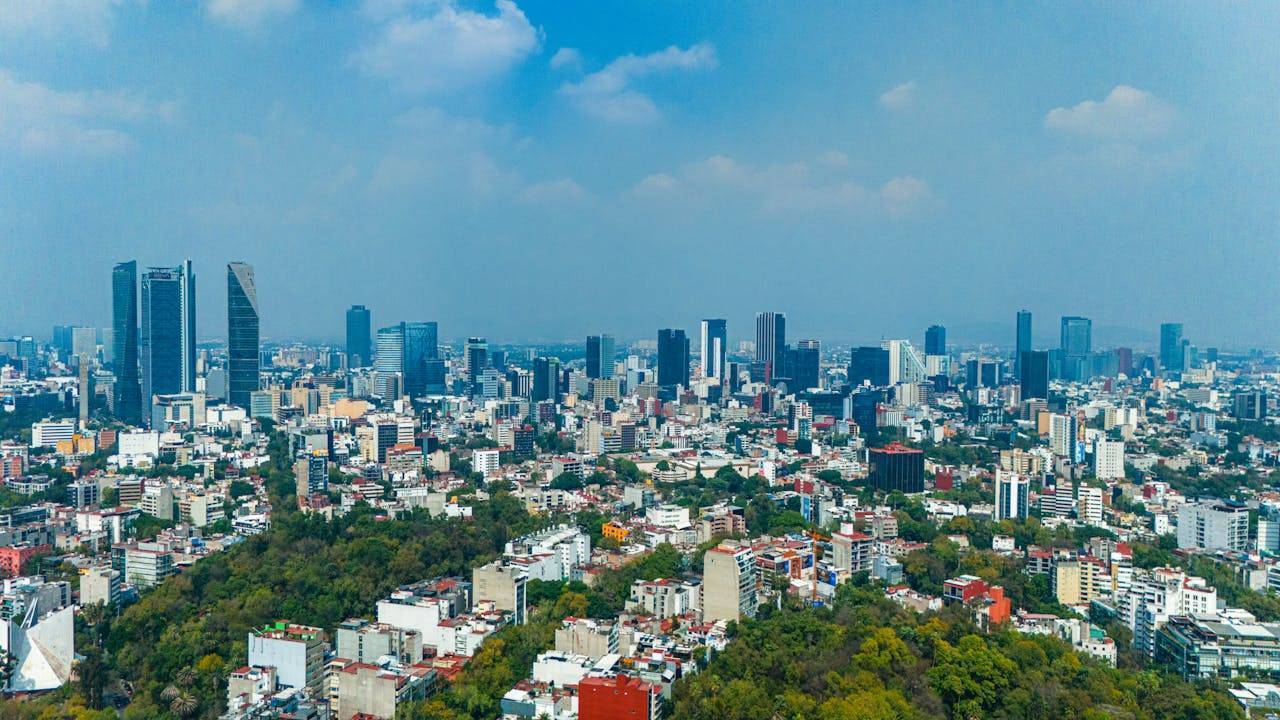Premium housing in India has taken centre stage in 2025, with homes priced above ₹1 crore making up an unprecedented 62% of total residential sales during the first half (H1) of the year, according to a new report from real estate consultancy JLL. The surge marks a significant leap from 51% in the same period last year, with 82,972 such units sold between January and June. The shift in buyer preference toward high-end properties has been led by robust demand in metropolitan hub, Bengaluru, Mumbai, and Pune, which together accounted for nearly 63% of all housing sales across the top seven cities.
Rising Affluence, Aspirations Drive Luxury Demand
The growing preference for premium homes is attributed to a combination of rising disposable incomes, lifestyle upgrades, and the demand for larger living spaces post-pandemic. Developers have responded accordingly, with launches in the ₹1 crore and above segment surging by 110% year-on-year in H1 2025. Notably, cities like Kolkata (105%), Chennai (35%), and Bengaluru (19%) reported the highest growth in new project launches in the premium category.
At the same time, overall new supply across India touched 154,086 units, with Bengaluru leading the tally at 34,551 launches, followed by Mumbai (28,508) and Pune (28,145). Delhi NCR (21,733), Hyderabad (20,116), Chennai (12,033), and Kolkata (9,000) rounded out the rest. While most metros saw a rise in supply, Hyderabad recorded a notable 35% slowdown compared to H1 2024.
Sub-₹1 Crore Segment Sees Sharp Decline
In stark contrast, the sub-₹1 crore category experienced a 32% decline in sales, with only 51,804 units sold during the first six months of 2025. The segment's share fell to just 38%, down from 49% in the previous year, indicating a shift away from budget and mid-income housing.
Analysts believe that buyers in the sub-₹1 crore segment are either postponing purchases due to high borrowing costs or opting for rental options amid economic uncertainty. Additionally, rising input costs and land prices have made it challenging for developers to offer new projects in the affordable bracket without compromising margins.
HNI Activity and Mid-Segment Upgraders Fuel High-End Growth
Homes priced between ₹3–5 crore saw a 14% year-on-year increase in sales, totaling 13,576 units, while ultra-luxury homes priced above ₹5 crore recorded an 8% rise to 7,970 units. These segments were particularly active in Mumbai and Delhi NCR, with high-net-worth individuals (HNIs) and aspirational buyers seeking exclusivity, privacy, and top-tier amenities.
In Q2 2025 alone, luxury homes accounted for 29% of all sales—a post-pandemic high. Significantly, many of these transactions were for properties launched during the same quarter, reflecting both strong market confidence and an appetite for early investments in new developments.
Residential Prices Rise Across All Major Metros
The luxury housing boom has also pushed residential prices higher across India’s major cities. Delhi NCR recorded the steepest increase at 17% in Q2 2025, followed by Bengaluru at 14%. The trend is consistent across cities and is being driven by elevated construction costs, land acquisition rates, and sustained end-user demand.
Increased pricing power has encouraged developers to double down on high-value housing. JLL noted that despite a 13% year-on-year dip in overall home sales volume in H1 2025—down to 1.3 lakh units—transaction activity picked up in Q2 with a 7% quarter-on-quarter rise, driven by launches and demand in premium segments.
Premium Segment to Stay Strong
Market experts anticipate that the demand for premium homes will remain resilient in the near term. With homebuyers seeking better quality of life, enhanced work-from-home infrastructure, and long-term asset creation, the ₹1 crore-plus category is likely to maintain its upward trajectory.
Bengaluru, Mumbai, and Pune are expected to continue leading the premium housing market, backed by a stable job market, a growing base of well-compensated professionals, and improving infrastructure connectivity.
In contrast, developers catering to the affordable segment may need to reassess pricing strategies, explore government subsidies, or adopt innovative construction methods to bring back volume growth. As buyer expectations evolve and urban centres become more aspirational, India's residential real estate market is clearly leaning toward a new reality, where luxury is not just a lifestyle, but a driving force of sales momentum.









.png)